Eoin Colfer's The Arctic Incident, the second installment in the beloved Artemis Fowl series, continues the thrilling adventures of the young criminal mastermind, Artemis Fowl. Picking up from where the first book left off, this sequel dives deeper into the complexities of Artemis's character while introducing readers to a rich tapestry of themes, including loyalty, redemption, and the blurred lines between good and evil.
The narrative begins with an urgent email from Russia, where Artemis learns that his father has been kidnapped by the Russian Mafia. This personal crisis propels Artemis into a world of danger and intrigue, forcing him to confront not only the external threats posed by the Mafia but also his internal struggles. The stakes are raised significantly as Artemis must navigate a treacherous landscape filled with both human and fairy adversaries.
One of the most compelling aspects of The Arctic Incident is its exploration of loyalty and familial bonds. Artemis, who is often portrayed as a cold and calculating genius, reveals a more vulnerable side as he embarks on a mission to save his father. This quest for familial love contrasts sharply with his previous motivations, which were primarily driven by greed and ambition. Colfer masterfully illustrates this transformation, showcasing how love can be a powerful catalyst for change. Artemis's relationship with his father adds emotional depth to the story, making readers empathize with his plight and rooting for his success.
Another significant theme is the concept of redemption. Throughout the book, Artemis is faced with moral dilemmas that challenge his previous actions and decisions. His interactions with Captain Holly Short, a fairy officer from the LEPrecon Unit, serve as a catalyst for his growth. Initially, Holly is an adversary, representing the law and order that Artemis has often circumvented. However, as the story progresses, they are forced to collaborate, highlighting the importance of teamwork and understanding across different worlds. This partnership not only enriches the plot but also allows Artemis to reflect on his past misdeeds and consider the possibility of a more honorable path.
Colfer's world-building is another standout feature of The Arctic Incident. The author intricately weaves together elements of the fairy world with the gritty realities of the human underworld. The juxtaposition of these two realms creates a vibrant and immersive setting that captivates readers. Colfer's attention to detail, from the descriptions of the fairy technology to the intricacies of the Russian Mafia, enhances the narrative and invites readers to lose themselves in this fantastical yet relatable universe.
The character development in this sequel is particularly noteworthy. Artemis Fowl evolves significantly throughout the story. While he remains a brilliant strategist, his motivations shift from self-serving to altruistic. This evolution is mirrored in Holly Short's character as well. Initially, she embodies the archetype of a law-abiding officer, but as she works alongside Artemis, she begins to understand the complexities of his character and the circumstances that drive him. Their relationship evolves from one of antagonism to mutual respect, showcasing the power of understanding and collaboration.
Colfer also introduces a host of new characters that enrich the narrative. The Russian Mafia members add a layer of danger and suspense, while the fairy characters provide comic relief and depth. The interplay between these diverse characters creates a dynamic and engaging storyline that keeps readers on the edge of their seats. The humor interspersed throughout the book, characteristic of Colfer's writing style, lightens the mood and balances the darker themes, making it accessible to a younger audience while still appealing to adult readers.
In terms of pacing, The Arctic Incident is expertly crafted. Colfer maintains a brisk tempo that propels the story forward, with each chapter ending on a note of suspense that compels readers to continue. The action sequences are thrilling and well-executed, showcasing Colfer's ability to blend humor with high-stakes drama. The narrative is peppered with clever twists and turns that keep readers guessing, ensuring that the story remains engaging from start to finish.
When compared to other works in the young adult fantasy genre, such as J.K. Rowling's Harry Potter series or Rick Riordan's Percy Jackson series, The Arctic Incident stands out for its unique blend of humor, intelligence, and moral complexity. While Rowling and Riordan focus on the journey of young heroes discovering their identities, Colfer delves into the psyche of a young anti-hero grappling with the consequences of his actions. This nuanced portrayal of morality adds depth to the narrative, making it a thought-provoking read for audiences of all ages.
In conclusion, Eoin Colfer's The Arctic Incident is a masterful continuation of the Artemis Fowl saga that captivates readers with its rich themes, character development, and immersive world-building. The book not only entertains but also prompts readers to reflect on the nature of loyalty, redemption, and the complexities of human (and fairy) relationships. As Artemis navigates the treacherous waters of love and morality, readers are left with a sense of hope and the belief that even the most cunning of minds can change for the better. This sequel is a must-read for fans of the series and newcomers alike, promising an adventure that is both thrilling and thought-provoking.
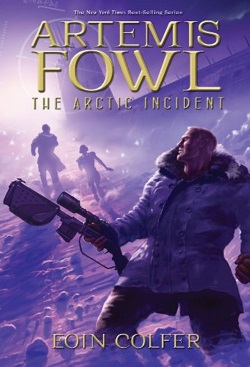




![The Demon King's Doll Butler [Official]](/upload/pic/manga/the-demon-kings-doll-butler--official-.jpg)
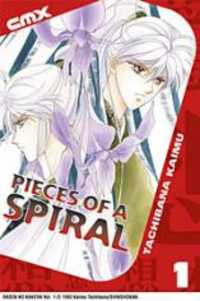



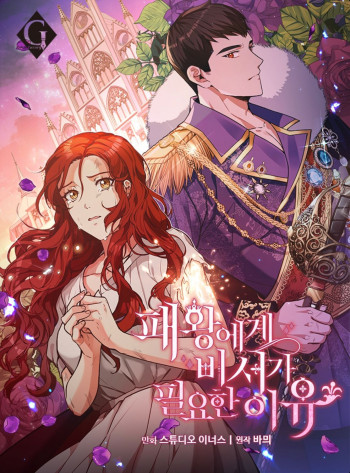
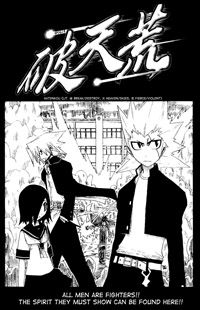
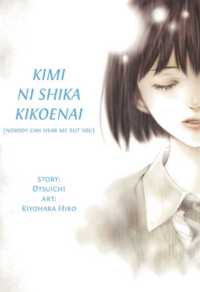
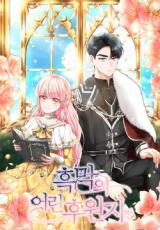










Reviews 0
Post a Reviews: